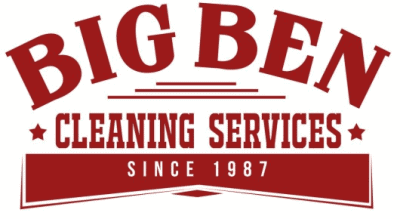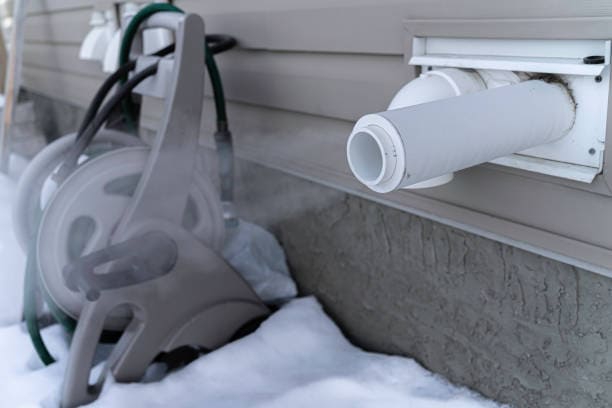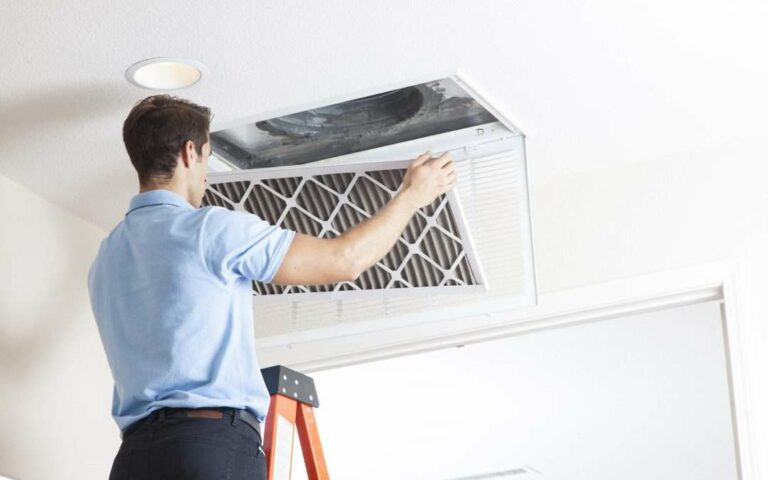As temperatures drop in the winter, your furnace becomes an essential part of your home’s heating system. However, if your furnace isn’t working correctly, it can leave you feeling cold and frustrated. Here are some common furnace problems and troubleshooting tips for cold weather climates.
- The Furnace Won’t Turn On If your furnace won’t turn on, first check the thermostat settings to ensure it’s set to the correct temperature. If the thermostat seems to be working correctly, check the circuit breaker or fuse box to make sure the furnace is receiving power. Another possibility is that outside of your home you have an exhaust pipe, ensure it is free of debris ( ice can build up in cold weather and cause a blockage. See picture below) If neither of these fixes the issue it may be time to call a professional HVAC technician.
- No Heat or Low Heat If your furnace is turning on but not producing enough heat, the problem could be a dirty air filter. A clogged filter can restrict airflow and reduce the furnace’s heating capacity. To fix this issue, replace the air filter or clean it if it’s reusable. If the air filter doesn’t solve the problem, check the furnace’s ductwork for any leaks or blockages.
- Strange Noises If your furnace is making unusual noises such as rattling or banging, it could be a sign of a mechanical issue. Loose or damaged parts such as belts or bearings can cause these noises. In this case, it’s best to call a professional HVAC technician to inspect and repair the furnace.
- Short Cycling Short cycling is when the furnace turns on and off frequently without heating the home adequately. This problem can be caused by a malfunctioning thermostat or a dirty air filter. It can also be caused by overheating due to a faulty limit switch or a clogged blower wheel.
- Poor Air Quality During the winter, poor indoor air quality can be a problem due to the home’s lack of ventilation. However, if you notice excessive dust or poor air quality, it could be a sign of a dirty furnace. Regular furnace maintenance and cleaning can help improve indoor air quality and prevent respiratory issues.
In conclusion, a well-functioning furnace is essential to staying warm during the winter months in cold weather climates. By troubleshooting common furnace problems, you can avoid costly repairs and ensure your furnace is working efficiently. Remember to schedule regular furnace maintenance to prevent issues before they occur. If you’re unsure about any furnace troubleshooting steps or have more complex problems, don’t hesitate to call a professional HVAC technician. Stay warm and safe during the cold winter months!




